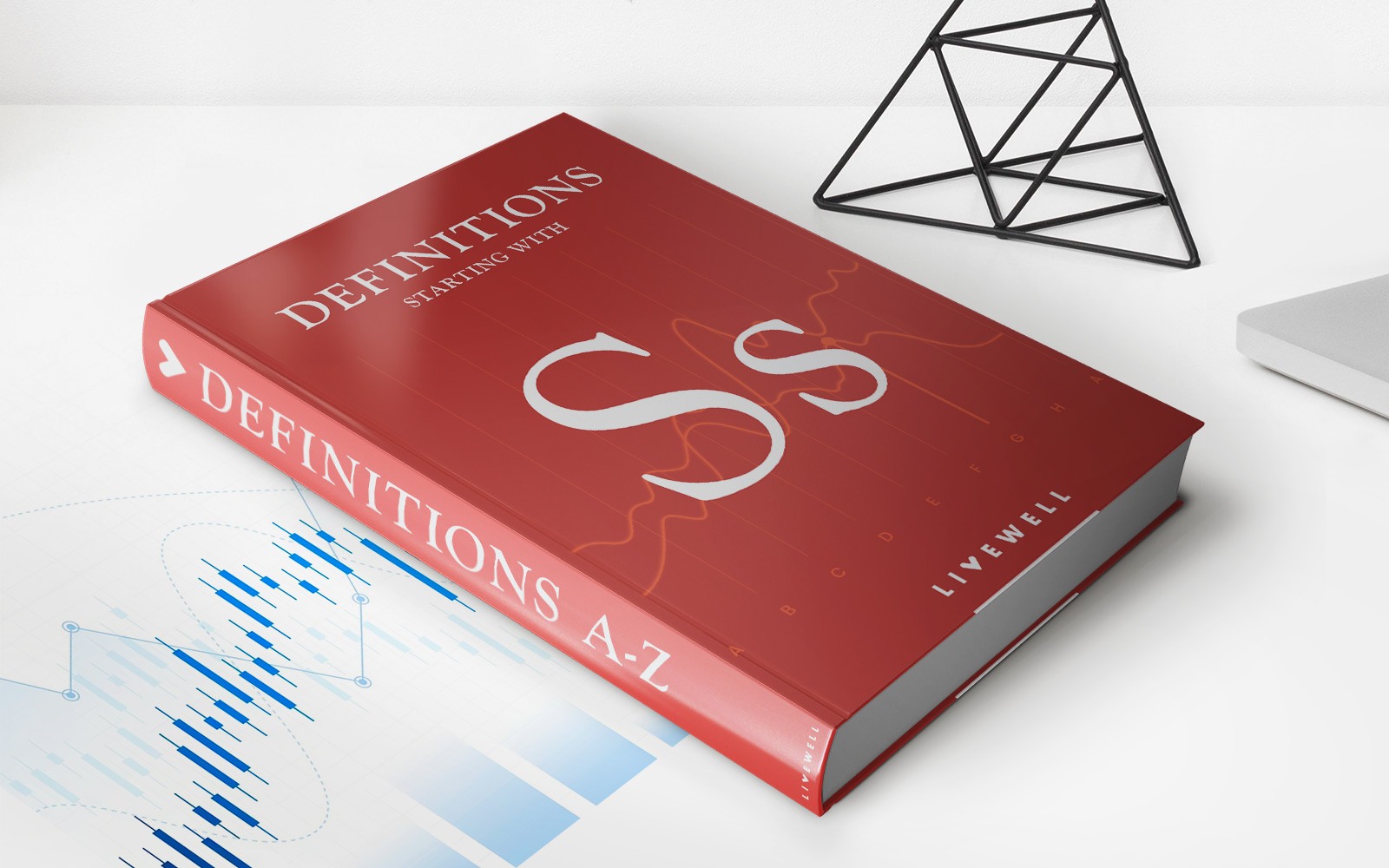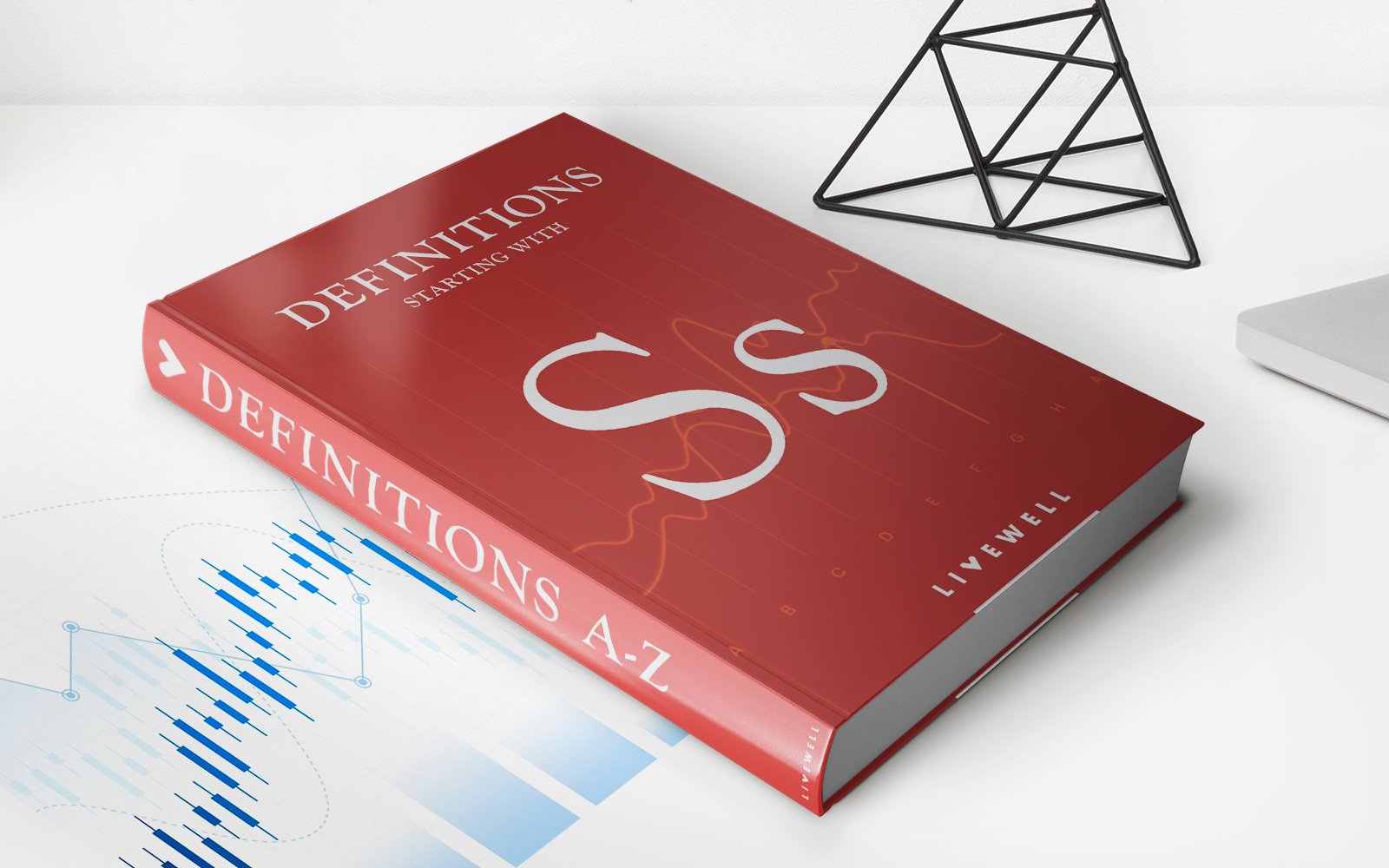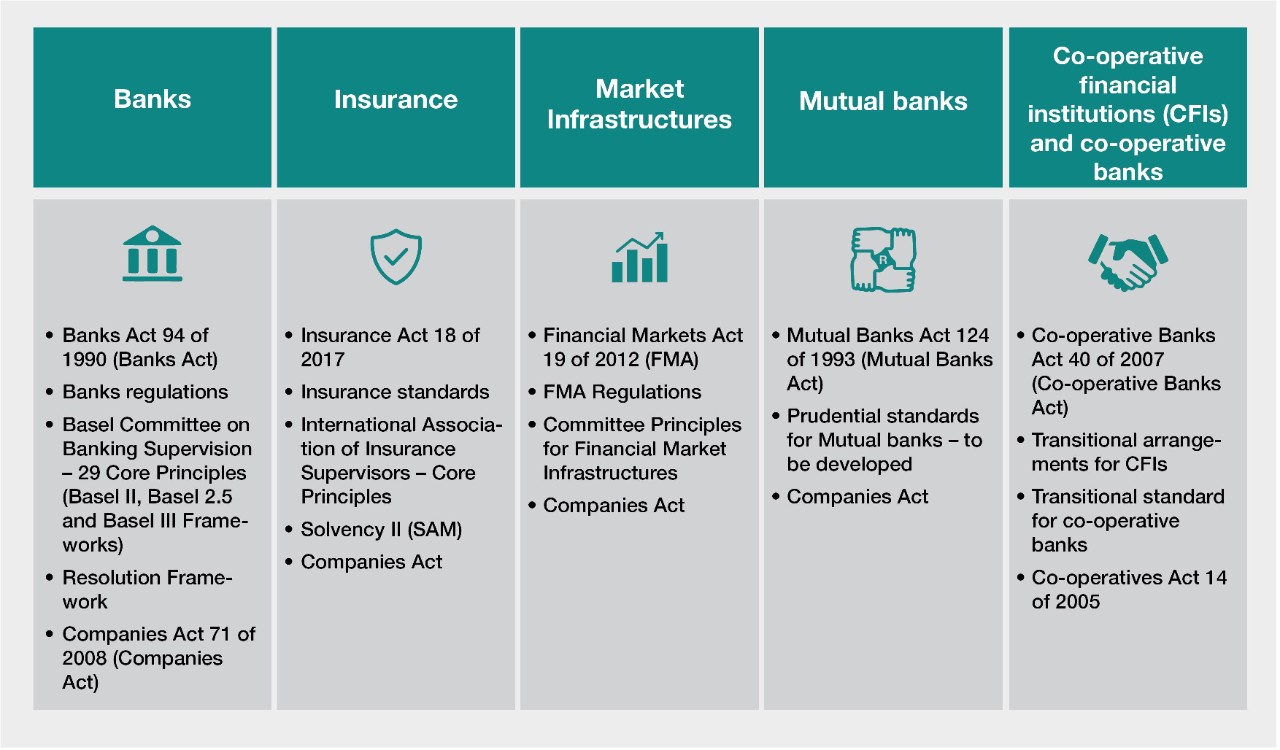Home>Finance>What Is A Silent Bank Run? Definition And Examples


Finance
What Is A Silent Bank Run? Definition And Examples
Published: January 29, 2024
Learn about silent bank runs in finance, their definition, and examples. Understand the impact of these covert withdrawals on financial institutions.
(Many of the links in this article redirect to a specific reviewed product. Your purchase of these products through affiliate links helps to generate commission for LiveWell, at no extra cost. Learn more)
Understanding the Silent Bank Run Phenomenon: Definition and Examples
Finance is an ever-evolving field that entails a diverse range of intriguing concepts and phenomena. Among these is the lesser-known but highly impactful phenomenon called the silent bank run. In this blog post, we will explore what a silent bank run is, provide a clear definition, and offer some real-world examples to help you understand its implications.
Key Takeaways:
- A silent bank run is a gradual withdrawal of deposits from a bank by its customers, often due to underlying concerns or fear of the bank’s stability.
- Unlike traditional bank runs, silent bank runs occur rather discreetly, without causing immediate chaos or panic.
What is a Silent Bank Run?
A silent bank run can be defined as a gradual withdrawal of funds from a bank by its customers, typically driven by concerns or fears related to the bank’s financial stability. Unlike a traditional bank run, where customers clamor to withdraw their money all at once, silent bank runs occur more subtly, often going unnoticed by the general public and even the bank itself.
This phenomenon is often considered “silent” because it lacks the chaos and immediate panic associated with traditional bank runs. Instead of large crowds gathering outside the bank and demanding their money, customers gradually and discreetly shift their funds to other financial institutions.
Examples of Silent Bank Runs
To better understand the concept, let’s delve into a couple of real-world examples:
- The 2008 Financial Crisis: In the wake of the global financial crisis, many banks experienced silent bank runs as customers lost confidence in the banking system’s stability. These customers quietly withdrew their funds and sought safer alternatives, fearing that their money might be at risk.
- Cyprus Banking Crisis: In 2013, the small island nation of Cyprus faced a severe banking crisis. As concerns grew about the solvency of Cypriot banks, customers began silently moving their deposits to banks in other countries. This gradual outflow of funds reflected the lack of confidence in the local banking system.
Implications of Silent Bank Runs
Silent bank runs can have significant implications for both the affected banks and the wider economy. While they may initially go unnoticed, these gradual withdrawals can erode the stability of a bank over time as it loses deposits and liquidity. This poses challenges for the bank’s ability to extend credit and finance various projects, which are critical for economic growth.
Furthermore, silent bank runs can disrupt the delicate balance of trust within the financial system. If customers begin to doubt the stability of one bank, these concerns can spread to other financial institutions, leading to a broader loss of confidence in the banking sector.
Conclusion
Now that you understand what a silent bank run is, it’s clear that this phenomenon is a subtle yet powerful force that influences the banking industry. While it may not generate the immediate chaos of traditional bank runs, its long-term consequences can be just as significant. As stakeholders in the financial world, it’s crucial to be aware of these concepts and their potential impact on the economy as a whole.














